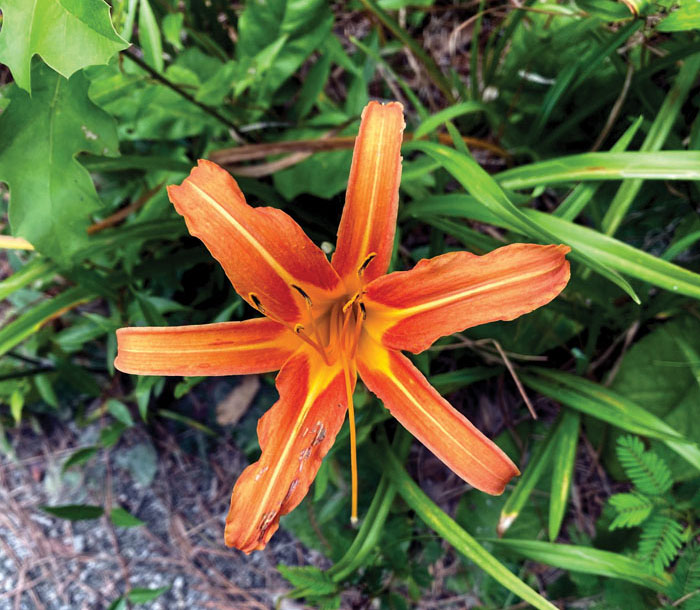Daylilies more than a ditch lily
Published 12:00 am Sunday, July 5, 2020

- Daylilies
By Amy-Lynn Albertson
Rowan County Extension director
The daylily is one of my favorite perennial flowers. It’s an excellent plant for a negligent gardener like me. Some folks refer to the orange color daylily as a ditch lily. It’s a robust plant that can survive drought and has few pests. They can be grown in full sun or light shade. The daylily belongs to the genus Hemerocallis which means “beauty for a day” in Latin. They are native to Asia, but since the early 1930s, hybridizers in the U.S. and England have made tremendous improvements in the daylily. At first, there were just yellow, orange and red colors.
Today the color ranges from the palest lemon, bright yellow and gold, orange, scarlet, maroon, wine-reds, light pink, rose, lavender, grape, and nearly true blue. The orange and yellow ditch lilies we see on the roadside are cultivated forms of the wild types of daylilies that have escaped and are growing as wild. Today we have more than 80,000 daylily cultivars. Like most flowers, daylilies have entire clubs and societies dedicated to them. Another great thing about daylilies is they are easy to share. They make great pass-a-long plants as they need to be divided every 3-5 years. They are excellent to use on banks for erosion control and provide a nectar source for butterflies and hummingbirds. However, they are toxic to cats, so be mindful of where you plant them if you have cats who like to munch on plants and flowers. People can eat the flower, though, and it tastes like asparagus or zucchini.
The flower can be eaten fresh or dried, but it may be diuretic or laxative, so eat carefully.
Dividing plants every 3-5 years also encourages prolific flowering. Early spring or right after flowering are the best times to divide, but it can be done throughout the growing season. Divide plants, by lifting the entire clump with a gardening fork and use the fork or your hands to divide it into sections. Daylily clumps contain individual plants with a fan-shaped group of leaves attached to roots. When you divide, leave at least four fans in each division. Re-plant the new clumps at the same level they were initially growing, and water thoroughly. For more information about daylilies or other horticultural topics please contact the Rowan County Extention Center at 704-216-8970 or visit us online at http://rowan.ces.ncsu.edu.



